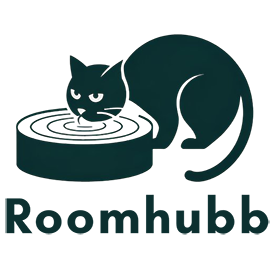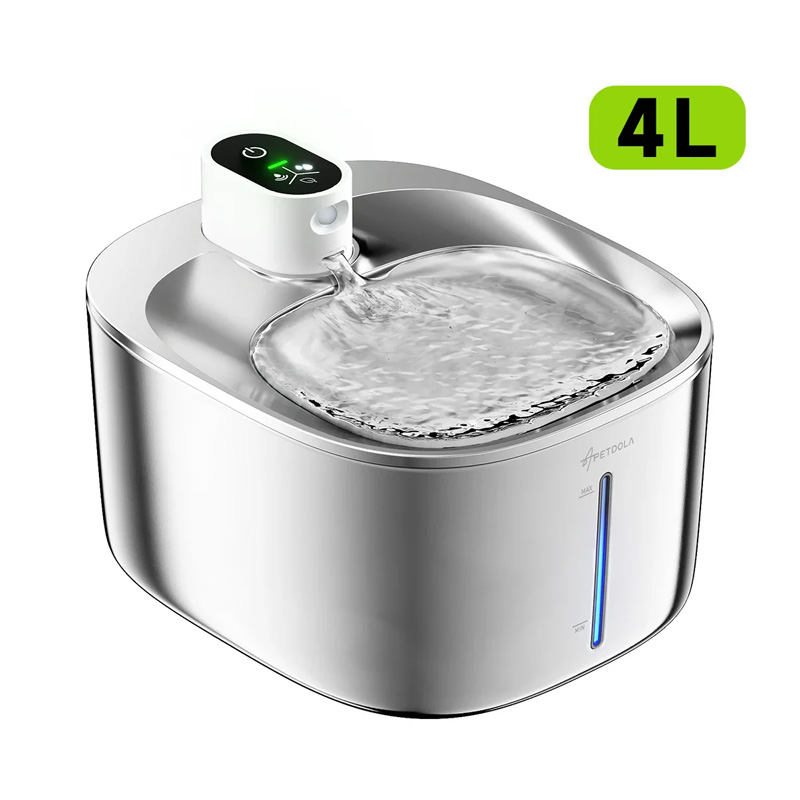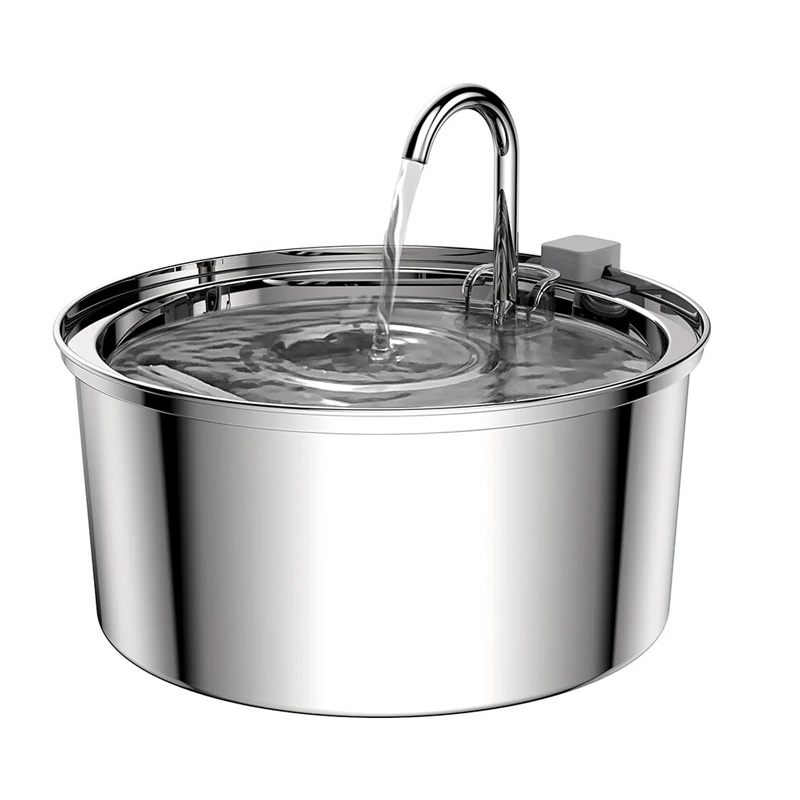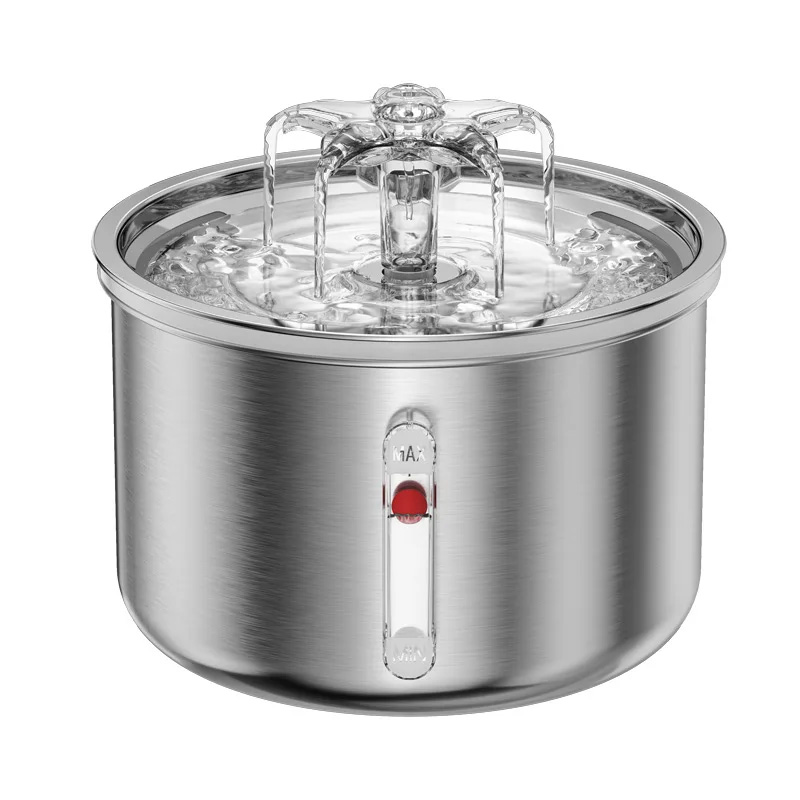Wiki Pet
Why Using Ceramic or 304 Stainless Steel Bowls Is Safer for Your Cat’s Health
Choosing a water bowl for your cat may seem like a small decision, but it actually plays a significant role in your pet’s long-term health. While many cat owners use plastic bowls out of convenience, research and veterinary advice suggest that ceramic bowls and 304 stainless steel bowls are much safer and healthier alternatives – especially because they are BPA-free.
In this article, we’ll explain in detail why BPA-free materials like ceramic and 304 stainless steel are better for your cat, with scientific backing and references for further reading.
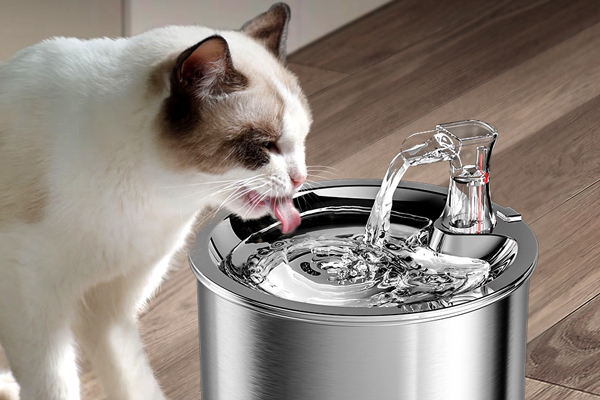
What is BPA and Why Is It Harmful?
BPA (Bisphenol A) is a synthetic chemical commonly used in the production of polycarbonate plastics and epoxy resins. It is often found in water bottles, food containers, plastic utensils, and even the inner lining of canned foods.
⚠️ BPA is known to be an endocrine-disrupting chemical, meaning it can mimic or interfere with the body’s natural hormones. This has been linked to a range of serious health problems in both humans and animals, including:
- Hormonal imbalances
- Developmental disorders
- Increased risk of cancer, diabetes, and heart disease
- Impaired reproductive function
- Brain development issues, especially in young animals
🔎 Source: National Institute of Environmental Health Sciences (NIEHS)
https://www.niehs.nih.gov/health/topics/agents/sya-bpa/index.cfm
BPA Leaches Into Water – Especially From Old or Damaged Plastic
Plastic bowls, especially when exposed to heat, scratches, or extended use, can leach BPA into the water your cat drinks. The risk increases if:
- The bowl is exposed to direct sunlight
- You wash it with hot water or strong detergents
- The plastic is low quality or aged
Even tiny amounts of BPA in drinking water can negatively affect your cat. Cats, in particular, are highly sensitive to toxins because their liver lacks certain enzymes that help break down and eliminate harmful chemicals like BPA.
Why Ceramic and 304 Stainless Steel Are Safer Choices
✅ Ceramic Bowls:
- Do not contain plastic, and therefore have zero BPA
- Made from inert materials that do not react with water or food
- When properly glazed (lead-free), ceramic bowls are non-toxic and stable
✅ 304 Stainless Steel Bowls:
- Completely BPA-free, as there are no plastic components involved
- Known for corrosion resistance and non-reactivity
- Approved by the FDA (U.S. Food and Drug Administration) for use in food and drink containers
🔎 Sources:
- FDA on BPA safety: https://www.fda.gov/food/food-additives-petitions/bisphenol-bpa
- Stainless Steel Grades (304): https://www.nipponsteel.com/product/catalog_download/pdf/inox304_datasheet.pdf
BPA-Free = Long-Term Health Benefits for Cats
| Criteria | Plastic with BPA | Ceramic & 304 Stainless Steel |
|---|---|---|
| Leaches into water | ✅ Yes | ❌ No |
| Hormonal disruption | ✅ Likely | ❌ Unlikely |
| Risk of chronic illness | ✅ Higher | ❌ Minimal |
| Hygiene and bacteria build-up | ❌ Difficult to clean | ✅ Easy to clean |
| Durability and long-term use | ❌ Wears out easily | ✅ Long-lasting |
Final Thoughts: Small Choice, Big Difference
Switching to a ceramic or 304 stainless steel bowl might seem like a minor change, but it can significantly impact your cat’s daily hydration and overall health. BPA exposure, even in small amounts, is a silent risk that builds up over time.
By choosing BPA-free materials, you’re not only making a safer and more hygienic choice but also supporting your pet’s kidney, hormonal, and immune health in the long run.
✅ Summary
- Ceramic and stainless steel bowls are completely BPA-free
- They do not leach harmful chemicals into water
- They are easier to clean and resist bacterial growth
- They are long-lasting and pet-safe
- Most importantly, they encourage cats to drink more water, reducing the risk of urinary and kidney diseases
